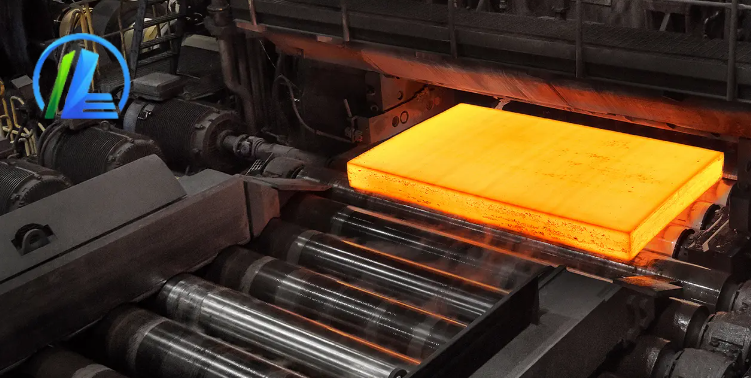
The recent tariffs imposed by the United States have sent ripples through global trade, particularly on China's export-driven economy. As tensions escalate, China faces the dual challenge of addressing these tariffs while ensuring stability in key industries such as steel. So how is China dealing with this complex situation? What strategies can the steel industry adopt to reduce the risk? Let's get started.
Understand the impact of US tariffs on China
There is no denying that US tariffs have put pressure on China's export earnings. However, China has been resilient in the face of trade headwinds. By leveraging strategic partnerships and diversifying its export markets, China can offset some of the losses caused by these tariffs. In addition, focusing on increasing incomes in domestic consumption and innovation-driven sectors can provide a buffer against external shocks
China's strategic response to U.S. tariffs
1. Diversification of export markets
One of the most effective ways for China to deal with the impact of US tariffs is to open up new markets. Countries such as Southeast Asia, Africa and Latin America provide opportunities for Chinese exports. By strengthening trade ties with these regions, China can reduce its dependence on the US market
2. Expand domestic consumption < 3 trillion US dollars
Encouraging domestic consumption is another possible strategy. By stimulating domestic demand, China can create a more balanced economy that is not overly dependent on exports. Policies aimed at increasing disposable income and raising living standards can play a key role in this regard
3. Invest in innovation
Innovation is the key to staying competitive in the global marketplace. By investing in research and development, high-value goods can be produced that are less susceptible to tariff pressures. This approach not only guarantees revenue, but also gives China a leading position in cutting-edge industries
Steel industry: Meeting the tariff challenge
The steel industry is a cornerstone of the Chinese economy and is particularly vulnerable to tariffs. Here is our Shandong Leyiyuan Metal Products Co., Ltd. response to how the industry can adapt and thrive in the face of these challenges.
1. Explore alternative markets
As US tariffs reduce the profitability of exports, the steel industry must look beyond its traditional markets. Emerging economies with growing infrastructure needs offer promising avenues for steel exports. By tailoring products to meet the specific needs of these markets, Chinese steelmakers can maintain their global reach
2. Improve product quality
High-quality, specialized steel products are unlikely to be affected by tariffs. By focusing on high-end areas, such as automotive or aviation grade steel, manufacturing can require higher quality, match the same price, and reduce the impact of tariffs on product exports
3. Adopt sustainable practices
And we feel that sustainability is no longer a buzzword - it's a business necessity. Our steel producers who adopt environmentally friendly practices can not only reduce costs, but also attract environmentally conscious consumers and regulators. This dual benefit could help ease the fiscal pressure caused by tariffs
Conclusion:
While the US tariffs pose significant challenges, they also present an opportunity for China to rethink its economic strategy. By diversifying its markets, boosting domestic consumption, and investing in innovation, China can weather the storm and emerge stronger. Similarly, the steel industry can turn these challenges into opportunities by exploring new markets, improving product quality and adopting sustainable practices. The road ahead may be bumpy, but with the right strategy, China and its steel industry can continue to thrive
Please give us a message
